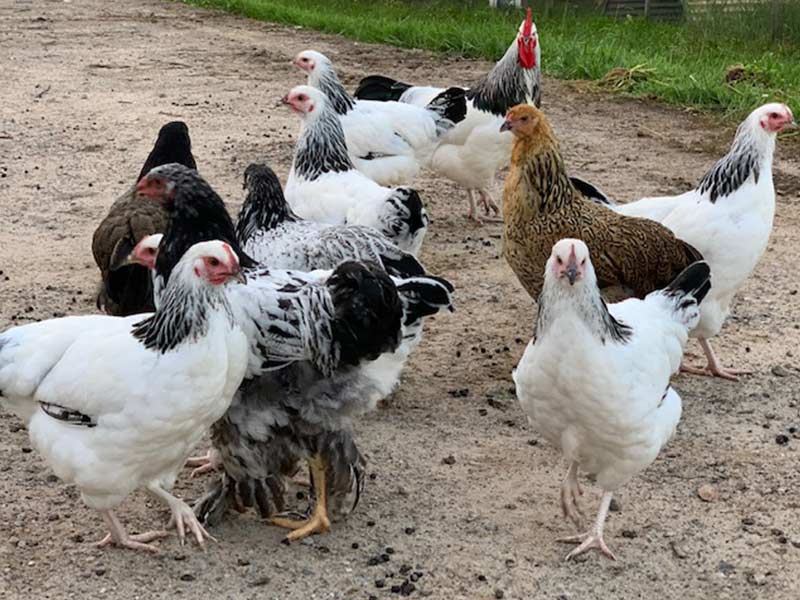
One egg has only 75 calories but 7 grams of high-quality protein, 5 grams of fat, and 1.6 grams of saturated fat, along with iron, vitamins, minerals, and carotenoids. The egg is a powerhouse of disease-fighting nutrients like lutein and zeaxanthin.
Buy your free range eggs from us when available. $7 per dozen.
I'm interested in EggsIf you are interested in chooks, please contact us regarding availability.
We have Brahma, Light Sussex, Polish, Copper Maran and Silkie chooks.
I'm interested in Poultry